PRESENTATION: Conditioned Movement
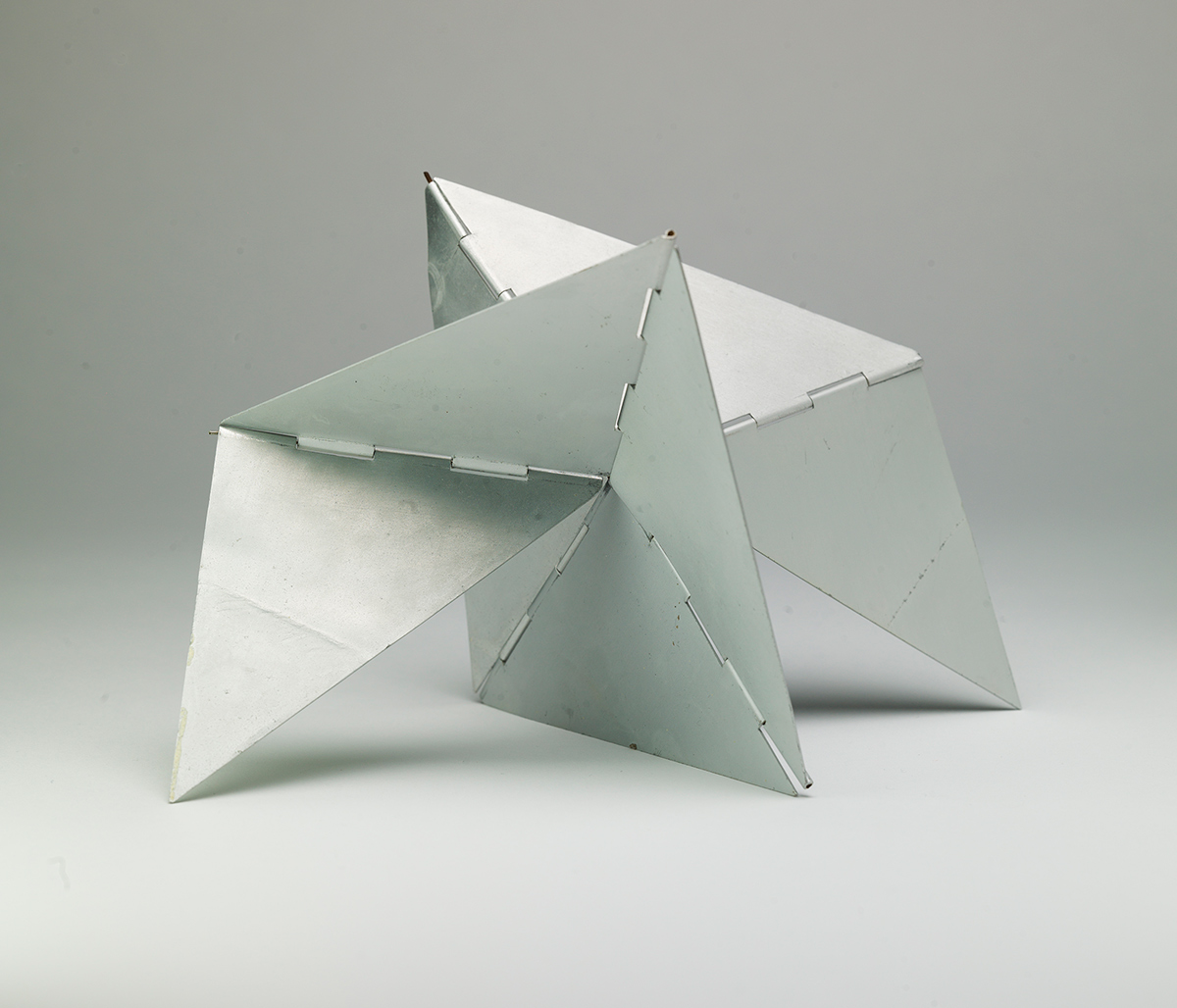 Moderna Museet is one of Europe’s leading museums of modern and contemporary art, with a collection of high international standing. An inquiry came from the City of Malmö if Moderna Museet would open a subsidiary. A modern art museum of this standing in Malmö provides a meeting place and an attraction that benefits not only the southern Sweden, but also Denmark and northern Germany.
Moderna Museet is one of Europe’s leading museums of modern and contemporary art, with a collection of high international standing. An inquiry came from the City of Malmö if Moderna Museet would open a subsidiary. A modern art museum of this standing in Malmö provides a meeting place and an attraction that benefits not only the southern Sweden, but also Denmark and northern Germany.
By Dimitris Lempesis
Photo: Moderna Museet Archive
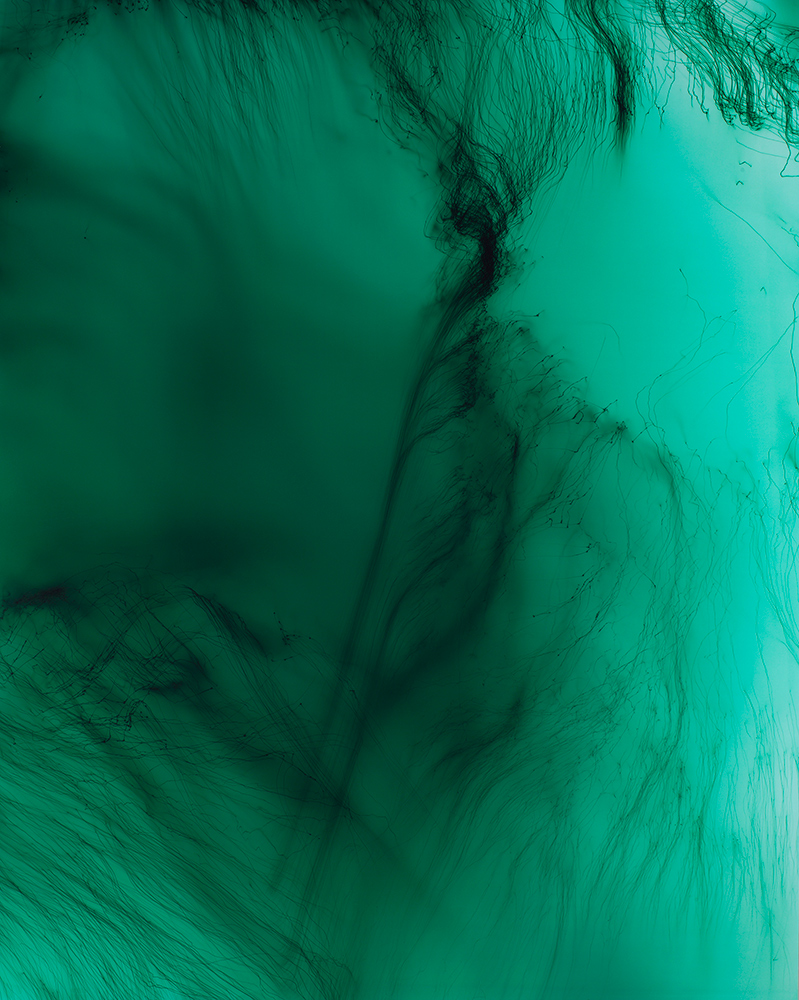
Moderna Museet Malmö’s 2022 Collection exhibition, entitled “Conditioned Movement”, examines universal and existential themes such as time, movement and materiality in relation to museum conservation work. The exhibition, a cooperation between the museum’s curator Andreas Nilsson and the artist duo of Gideonsson/Londré, features several rarely shown works dating from the middle of the 19th century to today, presenting them in new dialogues. The exhibition probes the idea of a museum collection that exists in an intermediate state between dormancy and exposure, one in which objects and bodies laden with content are resurrected at periodic intervals. The works in the exhibition animate various stages of human activity and subtle movements that open many potential paths through transformations. The material and the underlying ideas are just as likely to be rooted in the highly personal as in the broadly universal. In a collection that brings together a variety of artistic expressions and concepts, surrealism meets logic and natural science meets the fantastical. In addition to serving as co-curators, the artist duo of Gideonsson/Londré has also contributed a new artwork that is based on the role of the conservator. Gideonsson/Londré traces, transforms, and illuminates the often unseen preservation work that goes on behind the scenes at a museum. That work is transformed into a ritual and introduces a temporality in which the dead are brought together with the living. The work has both static and performative components, and it activates the exhibition over time. In often violently erotic photographs and drawings, Hans Bellmer developed the Surrealist theme of mannequins and dolls as metaphors of sexuality with a singularly obsessive focus. He explored the usually pubescent female figure as fetish object. Bellmer’s series Die Puppe (The Doll), debuted in the 1934 issue of the Surrealist publication Le Minotaure, and the photographs were described as “variations on the assemblage of an articulated minor.” The doll consisted of a wood-and-metal skeleton covered with a realistic body of plaster and papier mâché; a system of ball-joints allowed it to be shaped into endless disturbing configurations, appearing dismembered and monstrous. Hans Hammarskiöld was one of the leading names in Sweden’s photographic history and his work is internationally recognized. He was active in most genres. For many years he worked as an industrial photographer, but was especially noted for his portraits. Hammarskiöld’s breakthrough as a professional photographer came in the 1950s when he worked all over the world. During his lifetime he undertook varied roles and worked in most genres of photography. Trawling through the digital sphere’s “ocean of signs”, Katja Novitskova creates immersive environments inhabited by a luminous bestiary. She is known for her dramatic, cutout images of animals at play with representations from financial and scientific sources. Her latest installation presents a landscape overcome by a ‘biotic crisis’, where imaging and technology are used in a process of mapping the exploitation of life. Images captured by scanners, cameras and satellites – from the bodies of lab organisms to the flows generated by image processing algorithms – are rendered as vivid sculptures, and projections. Worms defy gravity and genetically modified life forms hatch from eggs among a tangled undergrowth of cables. At the heart of the exhibition, modified baby rockers gyrate eerily. Mark Manders has, since 1986, been working on a monumental series, “Self Portraits as a Building”, which now defines his practice and his career. These, as the title suggests, are Manders’ attempt to map out his own identity through objects and text. The series includes a wide stylistic range of sculptures, installations, and drawings; the way in which Manders amasses and presents materials has been compared to physical manifestation of sentences, narratives, and language. His sculptures and installations are assemblages of figural elements, resembling parts of human bodies or animals, with more abstract and geometric forms. Manders uses a combination of found materials including household furniture, archaeological fragments, raw wood, and architectural pieces. Lee Lozano’s work, produced over the course of little more than a decade, is striking for its breadth and energy, and admired for its daring physicality and tirelessness in investigating the body and issues of gender. In short, Lozano’s oeuvre comprises a search for a truly authentic form of expression. Standing apart from the detached and rarified conceptual art of her time, Lozano merged art and life, images and ideas together, in works characterized by a unique use of paint, language, and action. Nina Canell’s art might be described as a kind of modern alchemy, as much of it is about transformation and a search for deeper, more unified, beauty; her experimental artistic practice is characterised by poetry, whimsy, and humour, but most of all it is about trying to imagine and articulate what is commonly beyond our sight. Rebecca Horn perpetuates in a unique manner, the themes bequeathed to us by mythology and fairy-tales, such as metamorphosis into a hybrid or mythical creature, the secret life of the world of objects, the secrets of alchemy, or the fantasies of body-robots. She makes these founding themes, which have been present in numerous currents of art history such as Mannerism or Surrealism, resonate with contemporary history.
The exhibition presents works by, among others: Gianfranco Baruchello, Hans Bellmer, Nina Canell, Lygia Clark, Cecilia Edefalk, Roger Fenton, Simone Forti, Axel Fridell, Gideonsson/Londré, Hans Hammarskiöld, Susan Hefuna, Susan Hiller, Rebecca Horn, Åke Karlung, Lee Lozano, René Magritte, Mark Manders, Katja Novitskova, Claes Oldenburg, Klaus Rinke, Lenke Rothman, Wolfgang Tillmans.
Photo: Lygia Clark, Bicho Caranguejo, 1959–1984 Photo: Prallan Allsten/Moderna Museet
Info: Curators: Andreas Nilsson and Gideonsson/Londré, Ola Billgrens plats 2-4, Malmö, Sweden, Duration: 26/2/2022-9/1/2023, Days & Hours: Tue-Wed & Fri-Sun 11:00-17:00, Thu 11:00-19:00, www.modernamuseet.se
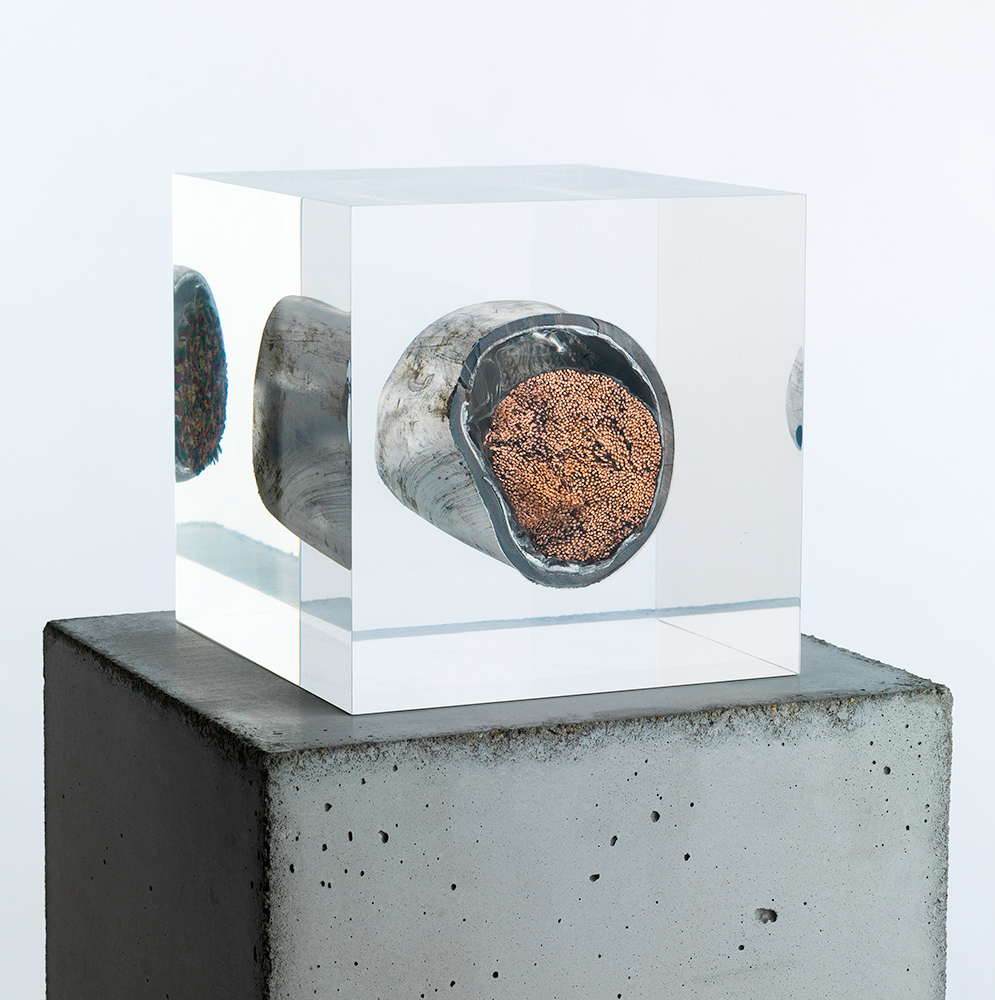
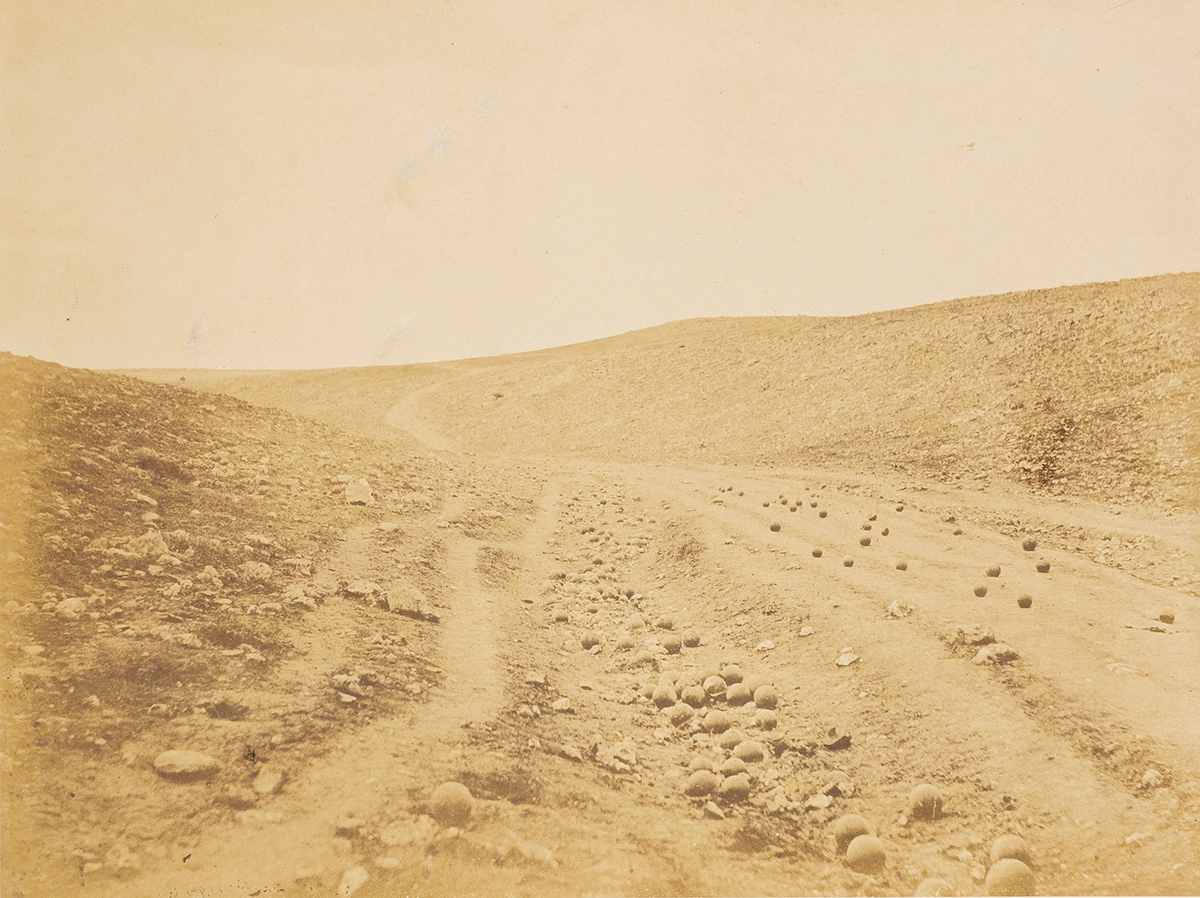
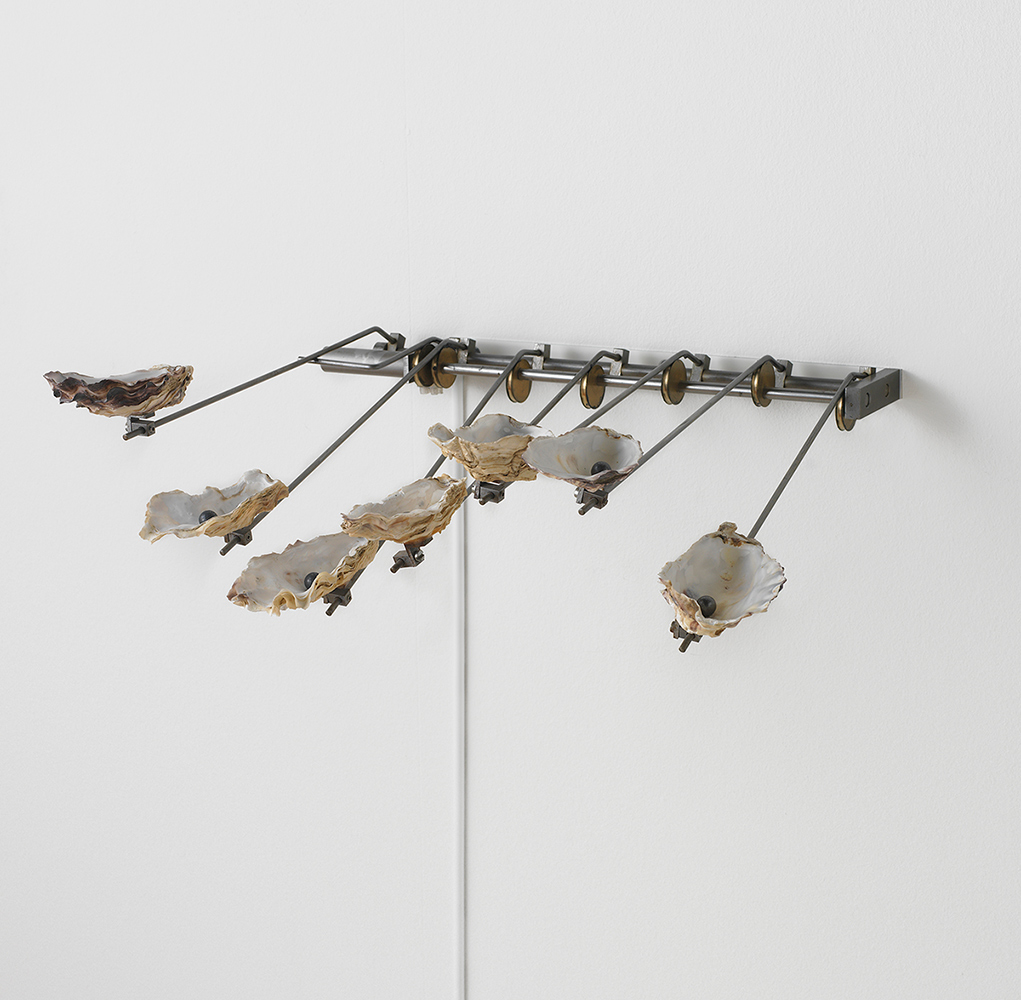
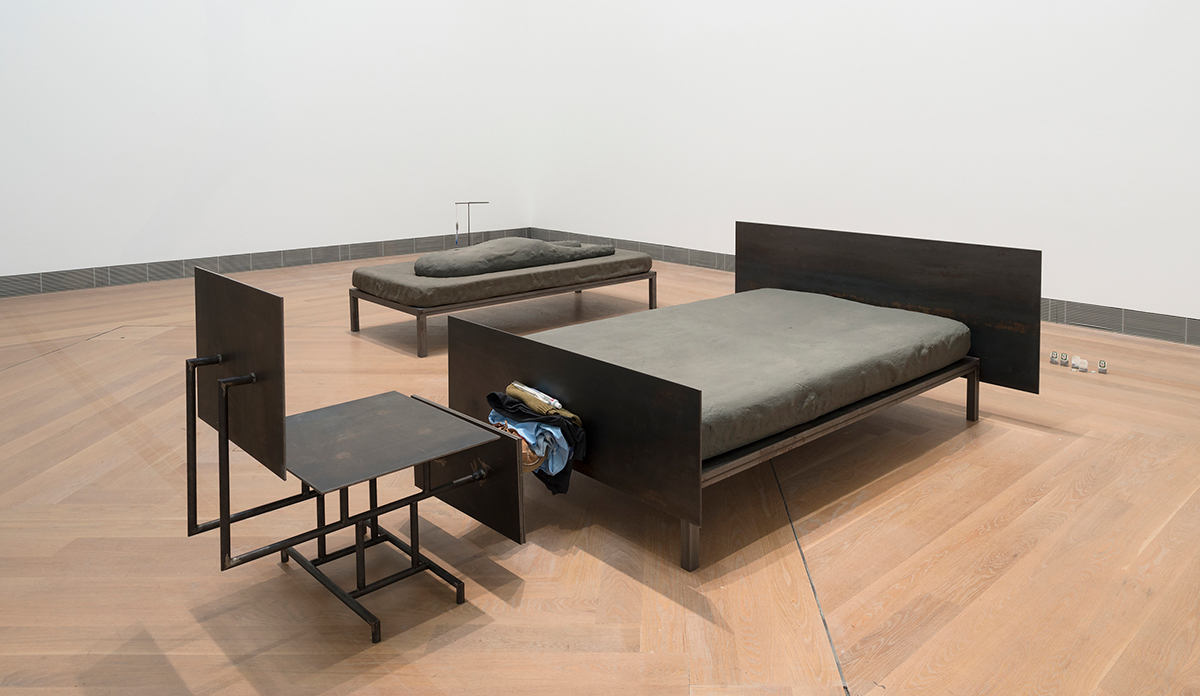

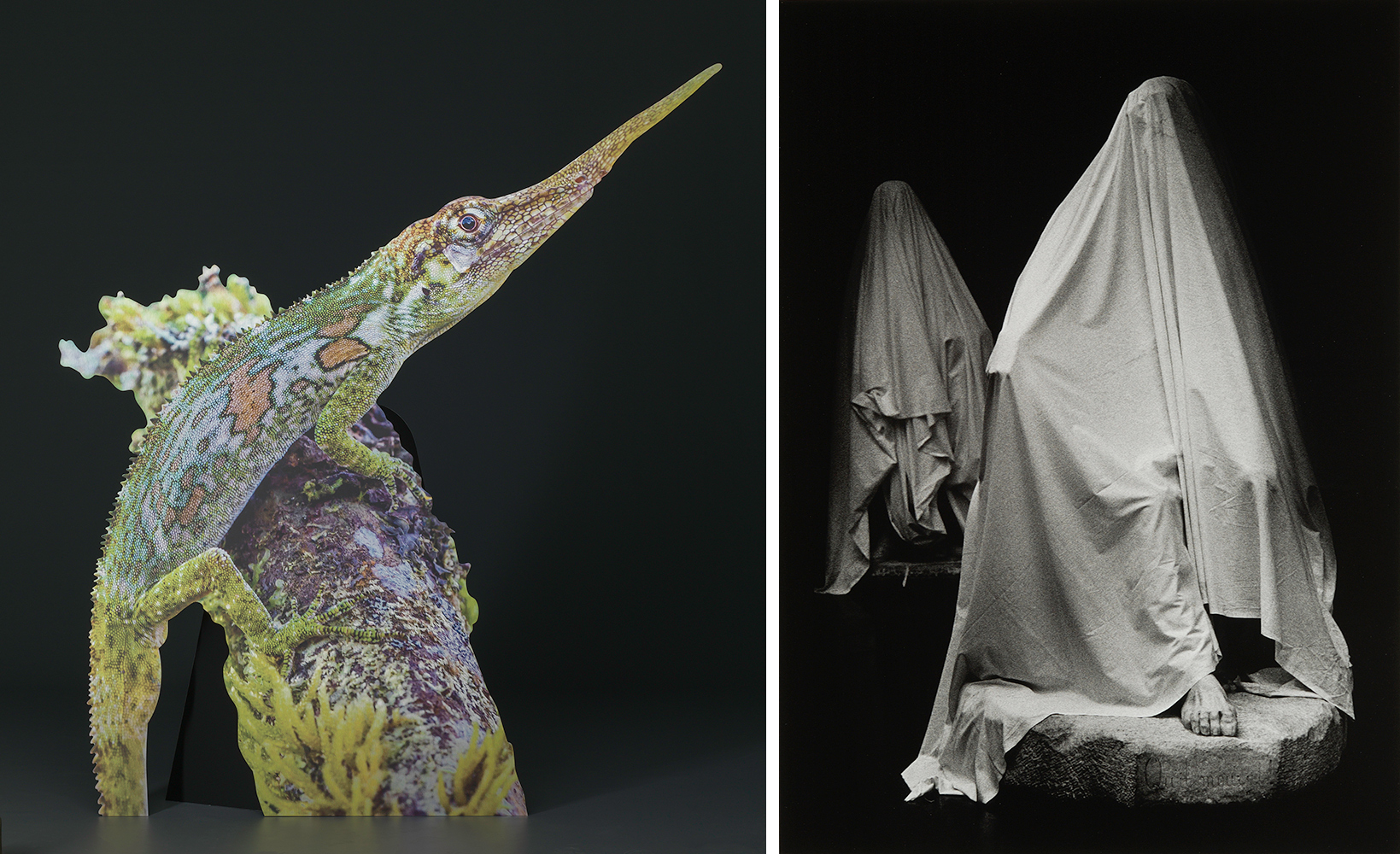
Right: Hans Hammarskiöld, Rest II, 1994 Photo: Albin Dahlström/Moderna Museet

Right: Lee Lozano, Punch Peek and Feel, 1967–70 Photo: Albin Dahlström/Moderna Museet
